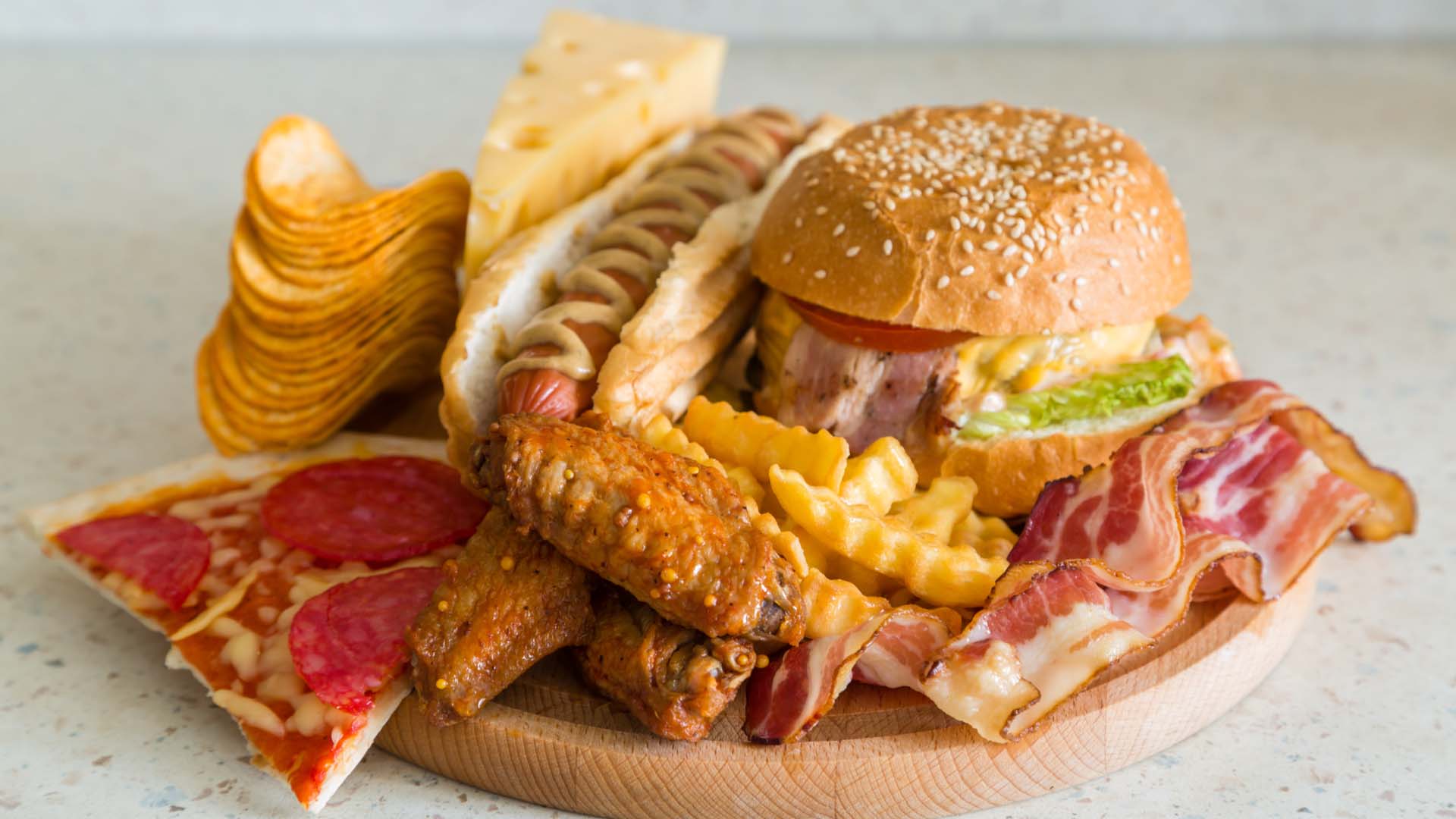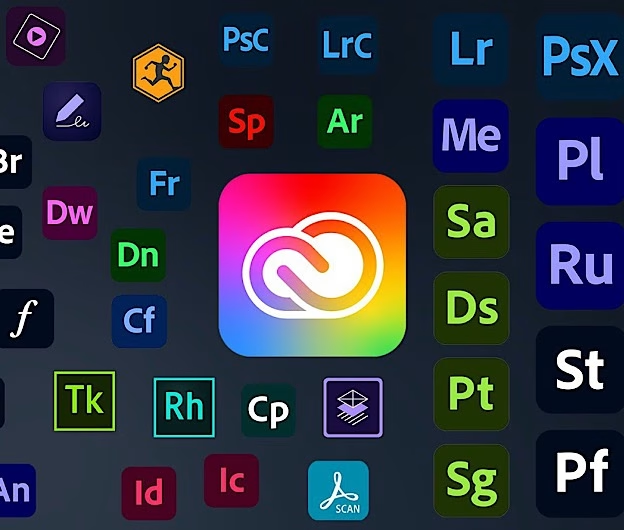|
Getting your Trinity Audio player ready...
|
Valuable insights into how the brain processes this mouthfeel and the consequences it has on our food choices
Delectable taste and mouthwatering texture are often associated with foods that have an irresistible allure that often leads us to indulge. But have you ever wondered why these fatty delights seem so hard to resist?
A groundbreaking study published in The Journal of Neuroscience on October 16th has unveiled a new dimension in our understanding of the intricate relationship between the brain, food texture, and our food choices. The research, led by Fabian Grabenhorst, a neuroscientist at the University of Oxford, UK, reveals how our brains respond to the smooth texture of fatty foods and, more importantly, how this information guides our eating behavior.
Fatty foods like ice cream are beloved not only for their rich flavors but also for the physical sensations they evoke in our mouths. This phenomenon, known as „mouthfeel,” plays a significant role in shaping our food preferences.
To investigate the influence of food textures on our eating habits, the researchers tailored an innovative experiment. They prepared various milkshakes with different fat and sugar contents and placed small samples of each between two pig tongues obtained from a local butcher. By sliding the tongues against each other and measuring the friction between the two surfaces, the researchers created a numerical index of the smoothness of each milkshake.
Human participants in the study were then given milkshakes with the same compositions as those tested on the pig tongues. After tasting each milkshake, participants were asked to place bids on how much they would be willing to spend to enjoy a full glass of the same shake following the experiment. This bid system allowed the researchers to determine the perceived value of each milkshake.
Accompanying brain scans during the experiment revealed intriguing patterns of activity in a brain region called the orbitofrontal cortex (OFC). The OFC is known to play a crucial role in reward processing and is implicated in decision-making related to food choices. The scans showed that the OFC’s activity patterns mirrored the texture of the milkshakes. Even more fascinating, they identified OFC activity patterns that were directly linked to the participants’ bids, suggesting a strong connection between the mouthfeel of a food and the value placed on that food.
To explore whether these findings extended to actual food consumption, participants were invited back to the laboratory for a complimentary lunch comprising several curry dishes with varying fat content and the researchers carefully measured the amount of each curry consumed. Following the results, it was observed that those participants whose OFCs exhibited heightened sensitivity to fatty textures were more inclined to consume larger portions of the high-fat curry compared to those who were less sensitive to the same texture.
The lead researcher, Fabian Grabenhorst aptly pointed out that these findings have the potential to reshape how we design low-calorie foods and provide insights into the neural mechanisms that underlie overeating.
In a world where the battle against obesity and unhealthy eating habits is ongoing, these insights into the neural underpinnings of our food choices offer a glimmer of hope. By understanding how the brain responds to the mouthfeel of fatty foods and how it influences our food preferences, researchers can contribute to the development of healthier, more satisfying food options, ultimately guiding individuals towards better dietary choices. The knowledge of how our brains nudge us toward fatty foods is not just a matter of scientific curiosity but a significant step towards promoting healthier eating habits and a better understanding of our complex relationship with the food we consume.
Descoperă mai multe la Radio Clasic FM
Abonează-te ca să primești ultimele articole prin email.













